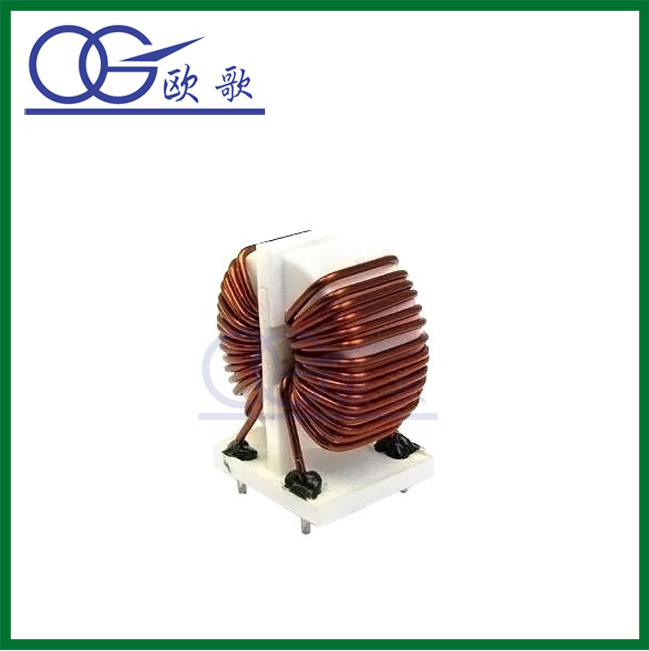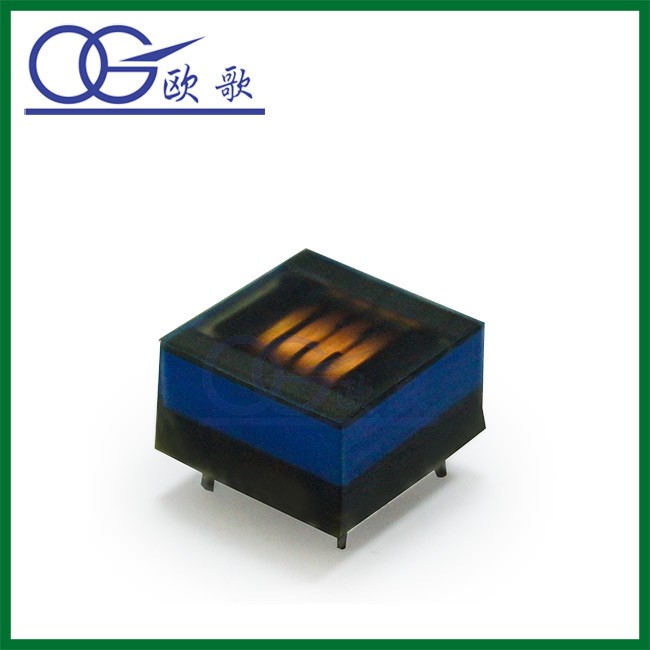The maintenance of power
transformer is the daily work that
the electrician must do in order to keep the transformer in normal technical
condition and prolong its service life. Transformer maintenance is an important
part of electrical equipment management. If the maintenance work is done well,
not only can reduce the equipment failure rate, save maintenance costs, and
reduce costs. At the same time, it can bring good economic benefits to the
company. Today, OUGE will teach you how to maintain the power transformer in a
good way.

(
OUGE Electrical Transformer )
- Operate in the allowed temperature range
When the transformer is running, its coil
and iron core produce a copper loss and iron loss. These losses become heat
energy and make the transformer’s core and coil temperature rise. If the
temperature exceeds the allowable value for a long time, the insulation will
gradually lose its mechanical elasticity and the insulation will age.
The temperature of each part is different
when the transformer is running. The coil temperature is the highest, followed
by the core temperature, and the insulation oil temperature is lower than the
coil and core temperature. In addition, the upper oil temperature of the
transformer is higher than the lower oil temperature. The allowable temperature
in transformer operation is checked according to the upper oil temperature.
For A class insulated transformer in
normal operation, when the ambient air temperature is up to 400℃, the limit
operating temperature of the transformer winding is 1050℃. Since the temperature
of the winding is 100℃ higher than the oil temperature, in order to prevent the
deterioration of the oil, it is stipulated that the upper oil temperature of
the transformer shall not exceed 950℃. Under normal circumstances, in order to
prevent the insulation oil oxidation, the upper oil temperature should not
exceed 850℃. For transformers with forced oil circulation water cooling and air
cooling, upper oil temperature shall not exceed 750℃ frequently.
- Monitor the temperature difference between upper oil temperature and cooling air
Only monitoring the upper oil temperature
in the operation of the transformer can not guarantee the safe operation of the
transformer, but also must monitor the temperature difference between the upper
oil temperature and the cooling air. The difference between the transformer
temperature and the ambient air temperature is called the temperature rise. For
A class insulated transformer, when the maximum ambient temperature is 400℃,
the national standard stipulates that the temperature rise of the winding is
650℃, and the allowable temperature rise of the upper oil temperature is 550℃.
As long as the temperature rise of the transformer does not exceed the
specified value, it can ensure the safe operation of the transformer within the
specified operating life under the rated load.
In normal operation, the load of the
transformer should be about 75-90% of the rated capacity of the transformer.

The maximum unbalanced current at low voltage
shall not exceed 25% of the rated value, and the allowable range of transformer
supply voltage variation shall be plus or minus 5% of the rated voltage. If
this range is exceeded, tap switches shall be used to adjust the voltage to the
specified range. Normally, the tap position of the primary winding is changed
to realize voltage regulation. The device connecting and switching tap tap
position is called the tap switch, which adjusts the ratio by changing the
number of turns of the transformer’s high-voltage winding. Low voltage has no
effect on the transformer itself, only some output reduced, but it has an
effect on the electrical equipment.
The fault of the transformer can be
divided into an open circuit and short circuit. The open multimeter is easy to
detect, and the fault of short circuit cannot be detected by the multimeter.
- Short
circuit inspection of the power transformer
Cut off all the load of the transformer,
turn on the power supply, and see the no-load temperature rise of the
transformer. If the temperature rise is higher (hot), it must be an internal
partial short circuit.If the power is turned on for 15-30 minutes and the
temperature rises are normal, the transformer is normal.
First, a 1000 watt bulb is connected in
series in the transformer power circuit. When the power is on, the bulb only
turns red, indicating that the transformer is normal. If the bulb is very
bright or brighter, it indicates that there is a local short circuit in the
transformer.
- The
open circuit of the transformer
One is the internal coil break, but the
lead wire break is the most common, which should be carefully checked. If the
internal broken wire or the external can be seen to have burned traces, it can
only be replaced or rewound.
For more info, please visit:
http://www.ougedianzi.com/




